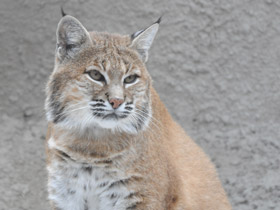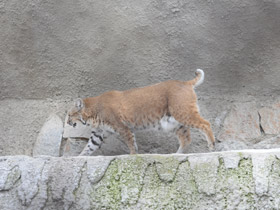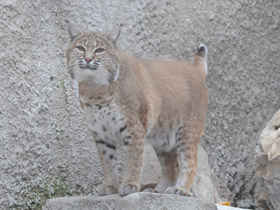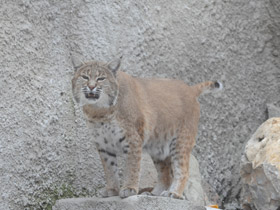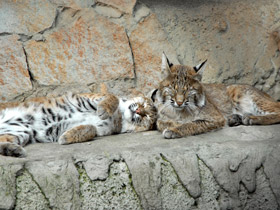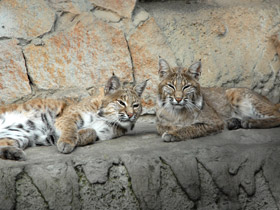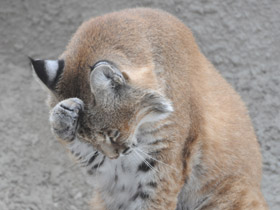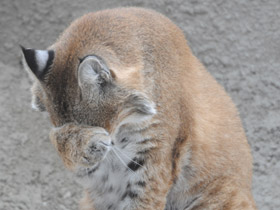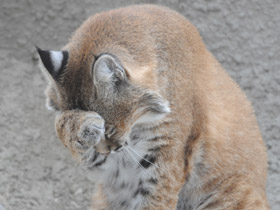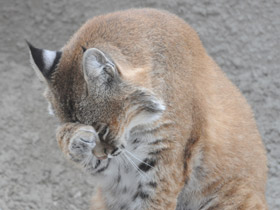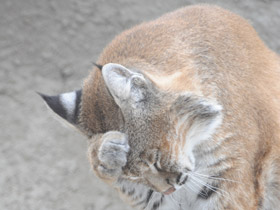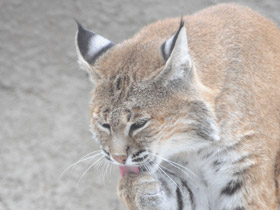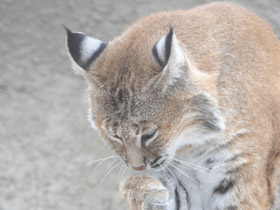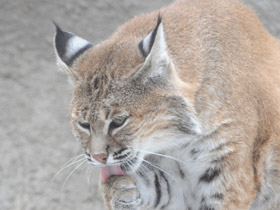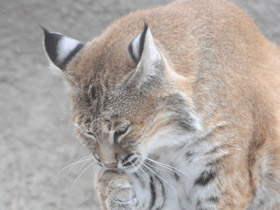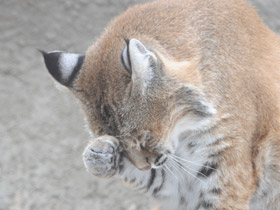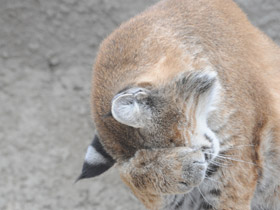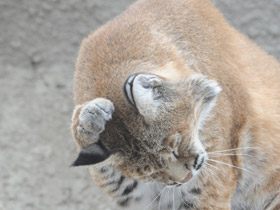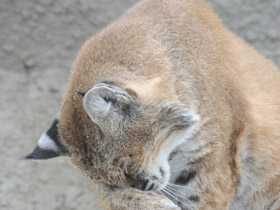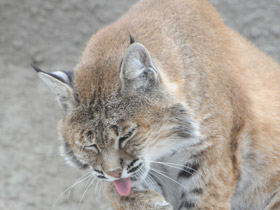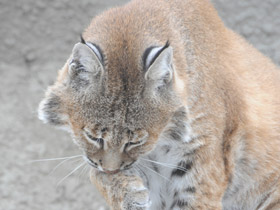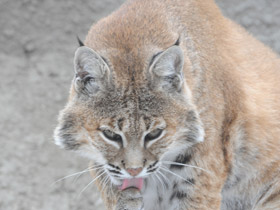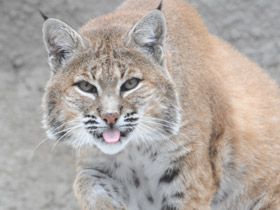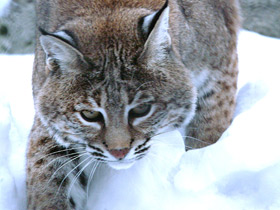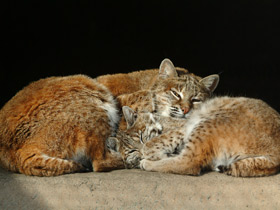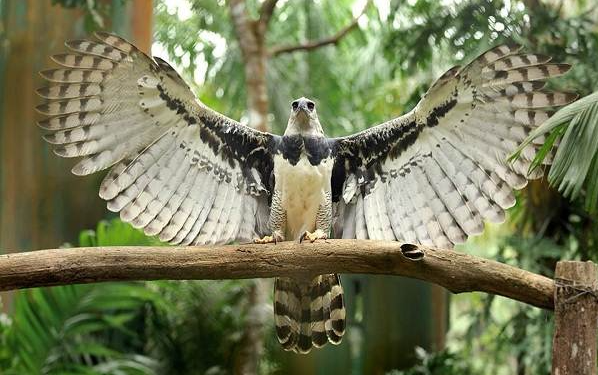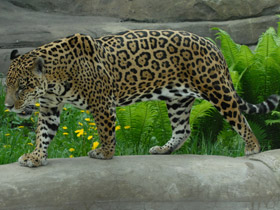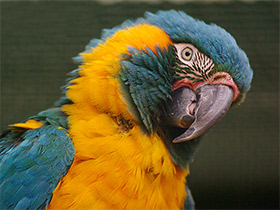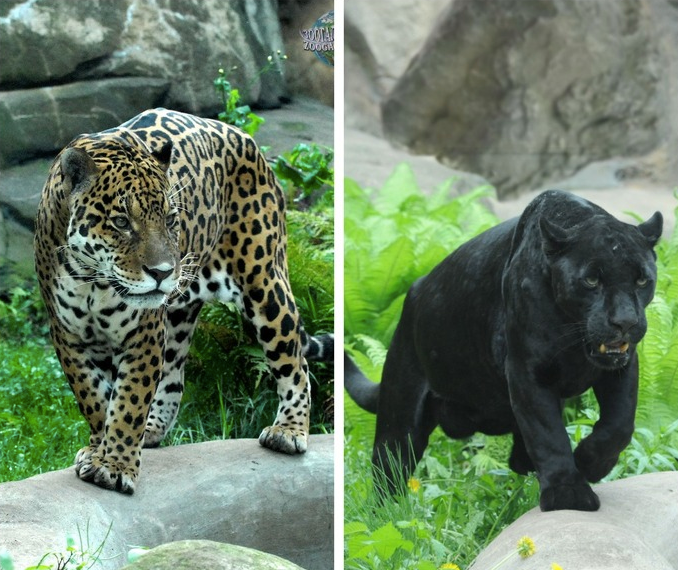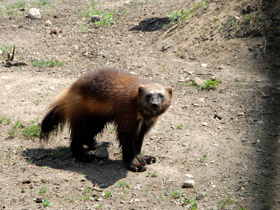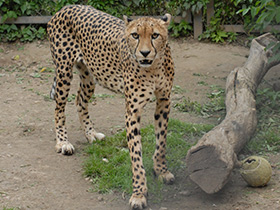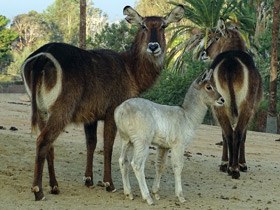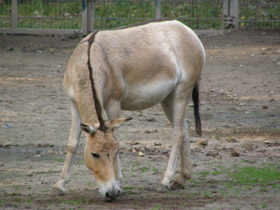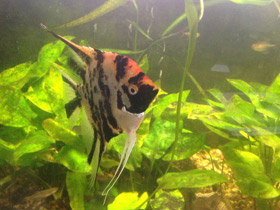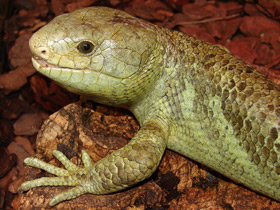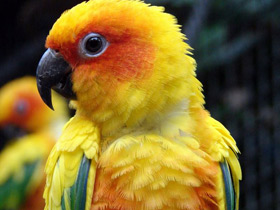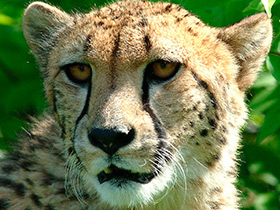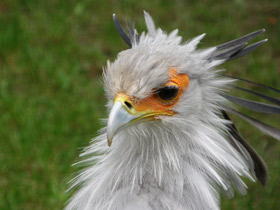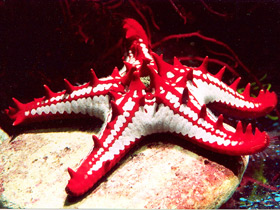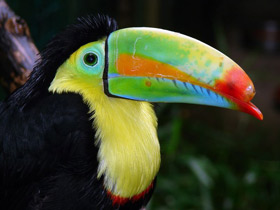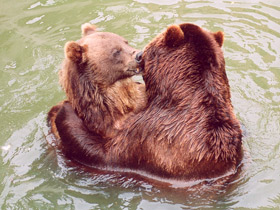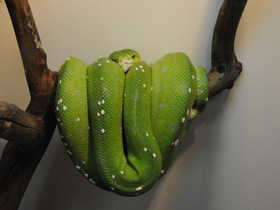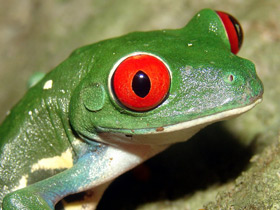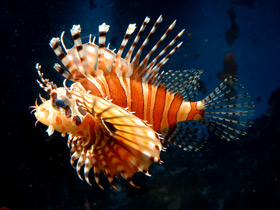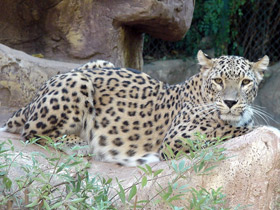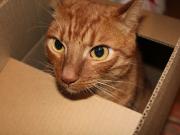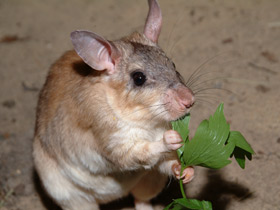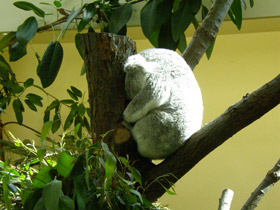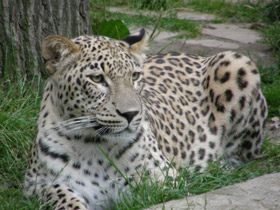El Lince rojo Felis (Lynx) rufus
El gato más distribuído en el Continente norteamericano se lo puede encontrar tanto en las áreas desiertos y secos como en las tierras bajas pantanosas y en los bosques subtropicales foliáceos y a veces poblados y hasta ciudades. Tiene el exterior de un lince típico, pero es bastante menor que el boreal: mide 60-100 cm y pesa cerca de 6 kg (raras veces hasta 14 kg). No es algo extraordinario que sean las patas del lince rojo más cortas y menos anchas que las del lince boreal: no tiene que andar por la nieve profunda, y además su pelaje no es tan espesa y larga, los pínceles de las orejas son menores y la cola más larga. (fotos 1-6). Su dieta incluye principalmente pequeños mamíferos: roedores (campañoles, ratas, marmotas, ardillas, conejos, espines) y liebres, pero a veces ataca aves (pavas salvajes, gallos domésticos), ciervos de cola blanca, y también serpientes, murciélagos e insectos, raras veces come la vegetación (frutos). Si falta la comida el lince rojo puede contentarse con carroña robando los animales que hayan caído en los cepos de caza; pero su comida preferida siempre es el conejo americano. Caza este gato espiando y acechando su víctima atacándola desde una emboscada, cazando puede saltar grandes barreras. Como todo el carnícero “emboscadero”, el lince rojo necesita que su pelaje sea perfectamente limpio - se le puede ver en una serie de fotos limpiándolo con mucho esmero (fotos 7-25).
El territorio de un macho suele tocar los de varias hembras, puede asimismo acoplarse con ellas. Las hembras se instalan en cuevas, entre las piedras y entre vacíos de los árboles. Después de 50-70 días de gestación nacen de 1 hasta 6 crías que pesan 100-300 gramos, tomando la madre todo el cuidado. A la edad de 3 meses abandonan el cubil y empiezan a seguir la hembra en todas partes; y a la edad de 5 meses cazan ya junto con ella. Los linces jóvenes se independizan al venir el nuevo período de celo, pero algún tiempo siguen agrupados.











